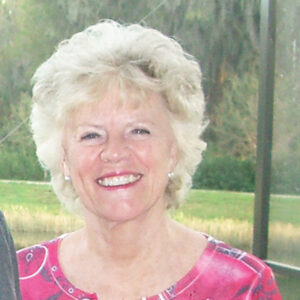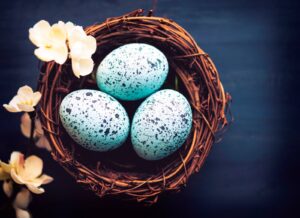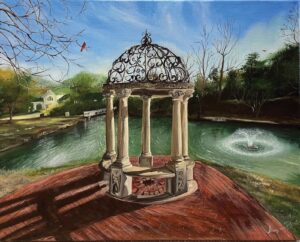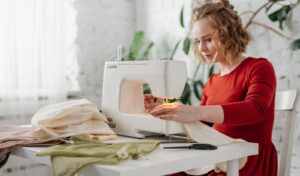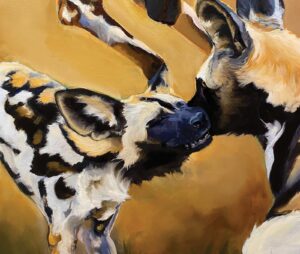Did you know there is a whole science devoted to bubbles?
Bubbles, one of the first toys of childhood, are amazing spheres of color, reflection, elasticity, chemistry, light, and geometry. And yet, most of us know them only as fragile, colorful objects that soar into the sky for our amusement.
What actually makes a bubble? Very simply, bubbles are gas wrapped in liquid soap. The liquid molecules sandwich the gas between them in tiny compartments.
Bubbles have many more uses than you may think. If you’ve ever had a fizzy drink, you know that bubbles can throw tiny particles (aerosol droplets) into the air. Scientists also know that the bursting bubbles can throw tiny particles down into the liquid as well. Researchers found that when a surface is covered with oil, bursting bubbles push the surface oil down. This was an amazing discovery for cleaning up oil spills and for other uses in manufacturing drugs for industry. Supercomputers are used to generate thousands of bubbles in order to understand their behavior for use in nuclear engineering.
Bubbles have inspired Japanese scientists to use toy drones to pollinate flowers in areas where bees don’t pollinate because of low temperatures. Pollination in this case was traditionally done by hand with a feather brush, but now robotic toy bubble guns disseminate pollen-laden bubbles over fields of delicate flowers. Although this method has proven very successful, not everyone is happy with this idea. Some ecologists worry that bubbling risks chemical interference with pollination and that excess pollen will pollute the soil and may deter bumblebees.
The ever-versatile bubbles are being studied for possible embolization of cancer tumors. Chemical forms of bubbles are used to block and starve tumors of blood supply or nutrients and thus prevent tumor growth. This method is less invasive than surgery. Embolization is also used for targeted drug delivery, which has the potential to become standard practice in cancer treatment.
Another major use for bubbles is the pop (!) sensation known as Bubble Wrap™! Who hasn’t enjoyed the mindless popping of little bubbles used to protect packages? First invented in the late 1950s in a machine shop in New Jersey, initially for possible use as insulation, the Bubble Wrap™ inventors recognized its cushioning value in packaging. And when IBM started delivering its large and fragile computers, history was made!
Bubbles have also proven important to the Olympic Games. The National Aquatic Center (Water Cube) in Beijing was the main natatorium for the 2008 Olympic Games. It will be reprocessed for curling events in the 2022 Winter Olympics. The design for the huge complex was based on the way soap bubbles come together in a 12- or 14-cell structure. The surfaces of the bubbles reflect like water droplets glistening in the sunshine. The building is environmentally friendly, cannot spontaneously ignite, is energy saving, collects and recycles rainwater, and absorbs sunlight through a self-cleaning surface. Dirt does not cling to the surface of the Water Cube, so when the wind blows, the dirt is swept away!
Bubbles, bubbles everywhere! Our world is filled with bubbles — in our wine, in our aquariums, in our art, technology, and science, and in our children’s play. The beautiful, colorful orbs are useful and entertaining while adding endless utility to our lives.
Bubbles Working for Us
Bubble Wrap
Some studies show that popping bubble wrap can reduce as much stress as half an hour of massage. Bubble therapy is also used as distraction therapy for patients experiencing panic or depressive attacks.
Technology
Bursting bubbles formed by waves and rainfall have the ability to mix liquids and redistribute organic material in our lakes and oceans.
Medicine
Gas embolotherapy has the potential to shut off blood flow to tumors and deliver chemotherapy drugs through capillaries. When used with ultrasound imaging, this method could become standard cancer therapy.

